Killing Floor 2
Let the Zeds hit the floor
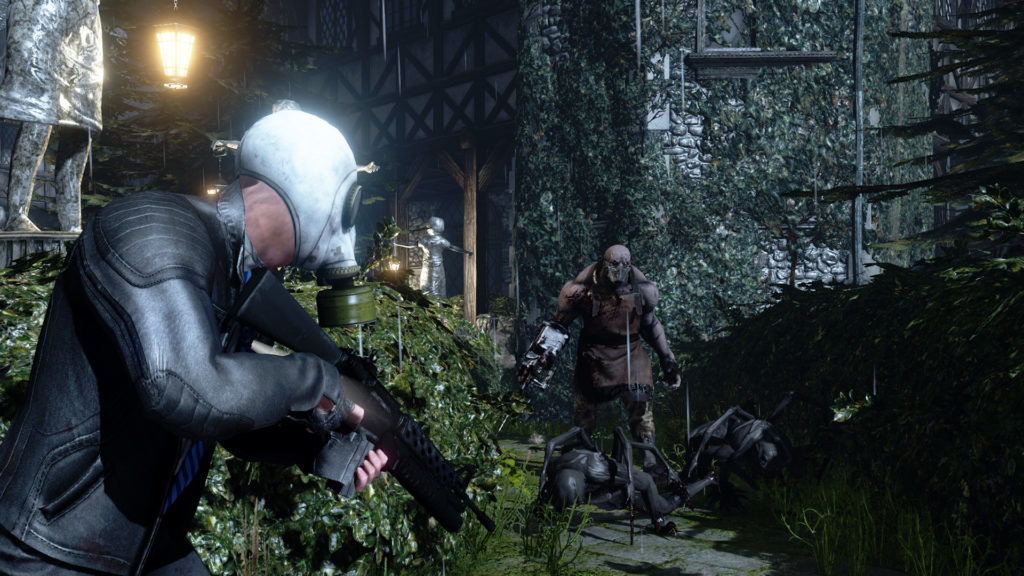
Game available on PC, PS4 and Xbox One. Reviewed on PC.
| Minimum PC Specs | Review PC Specs |
| Win7 x64 Core 2 Duo E8200 or Phenom II X2 545 3GB RAM GeForce GTS 250 or Radeon HD 4830 60GB Hard Drive Space | Win10 x64 Core i5 4670K 16GB RAM AMD Radeon R9 390 Series SataIII SSD |
Killing Floor 2 is zombie hoarde survival horror done damn near perfect.
Released out of early access in 2016 and spit polished to a near mirror shine, I struggle to find anything I dislike about the game. It has also been treated to a near endless stream of updates with new content, weapons, bosses, characters, levels and special events since it’s release.
There is indeed a story to the game which can be summed up as follows: bio-weapons lab creates military clones (Zeds), experiments go wrong, Zeds get released, world falls apart. The gameplay is just as simple: earn Dosh and XP by killing Zeds, level up your class for extra boosts and abilities, and once all the Zeds are dead, buy bigger guns. Rinse and repeat.
You begin any game by picking a class and jumping right into battle. There are 10 classes to choose from and should cater to all kinds of players: if you’re a raging psycho who wants to run headlong into enemies, the Berserker grabs whatever hammer, sword or pointy stick he can find and storms into battle. If you want to be a big damage dealer, the Commando and Demolitionist classes have an assortment of assault rifles and explosives for you to use. The Support and Firebug classes are on hand with extra ammo, heavy automatic shotguns and home-made flamethrowers, and so on.
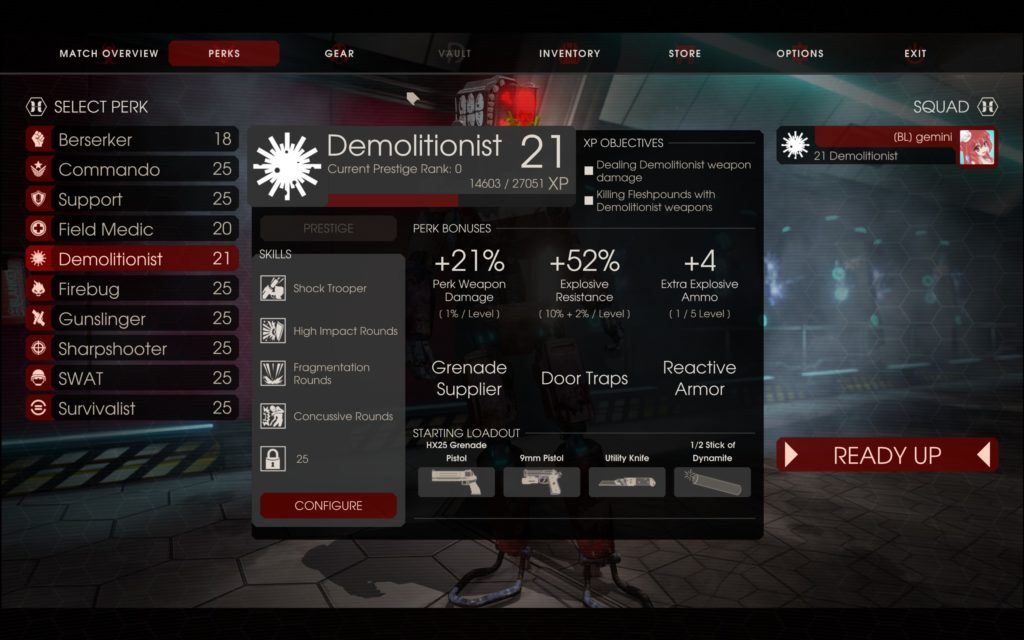
Achieving a good mix of classes is important to beat the higher difficulties. Although six lone-wolf commandos may survive on Normal, you won’t get far on Hell on Earth – the game’s highest difficulty – without a good mix of classes to balance out each other’s strengths and weaknesses. Different classes are better at taking down different enemy types: the Firebug has dirt cheap ammo and great area damage making him ideal to take out swathes of smaller enemies such as Crawlers or Clots, but without the higher concentrated damage from a Support, Commando or the keen eye of a well trained Sharpshooter, he won’t be able to take down the big guys. Similarly, heavy DPS classes will make face a heavy loss on Dosh if they waste too much ammo killing weak enemies. It all comes down to knowing your class’s strengths and weaknesses.
The game runs on the Unreal 3 engine and it looks good. Enemies are cleanly animated. They are mostly intelligent with their route planning, although they can sometimes get stuck in their spawn areas, and almost always do exactly what they are supposed to. Speaking of the enemies, there are many different types ranging from mildly hazardous to seriously dangerous. What the game does exceptionally well is that no enemy is ever just a nuisance – every enemy is a threat that must be dealt with somehow. Even the weakest enemies in the game are dangerous if you get yourself cornered. Where it excels however is in the beautiful gore that gets left behind after a huge battle.
The audio is part of what makes the game play so satisfying. The in-game music is absolutely rocking and the guns sound especially meaty. Explosions are loud and genuinely sound like they are doing damage. Put your headphones on and listen for yourself.
The audio isn’t perfect however. Inter-character dialogue is in the game, with plenty of variety in the voices and accents. The problem lies in the number of voice lines each character possesses. It grows a little irritating to hear the same one liners repeatedly throughout the game. Thankfully, there is an option to switch these off.
From a technical standpoint, the game is impeccably stable and well optimised. The best thing, from a LAN party perspective, is the availability of publicly accessible dedicated server software. We host our own servers at BreachLAN for Killing Floor 2. Nobody can put their failure down to lag on our servers. If you happen to prefer a controller you’re in luck: the game has full native support for controllers and should pick up the most common controllers automatically.
It’s not all good news however. There are a handful of things I can think of that I don’t enjoy:
Firstly, the large download and install size. At time of writing, it’s a 22GB download and, once it’s installed, the folder is close to 60GB. That’s not an insignificant install for any SSD. One could suggest moving it to a mechanical hard drive but, even on an SSD, the loading times are on the longer side.
Secondly, the game has microtransactions, including loot crates. Thankfully, it’s all purely cosmetic; skins, costumes, dance moves and the like. All the important content is already part of the base game. The microtransactions aren’t prominently displayed anywhere and the game doesn’t nag you to buy something so, on this very rare occasion, microtransactions and loot crates get a pass.
These minor nuisances are nothing in an otherwise exemplary title. We’ve been playing this game at BreachLAN for a long time, and in every single LAN there are always people up for a few more rounds. Don’t worry about being a lower level character, it’s very easy to jump in and be a valuable member of the team right from the start. You won’t be left behind or feeling like a burden to the team. At time of writing the full price of the game is £19.99 on Steam and so far I’ve racked up 250 hours of playtime, making it one of the best video game ROI’s I’ve ever had. If you’re a fan of co-op FPS zombie hoarde games, this one is a solid purchase.


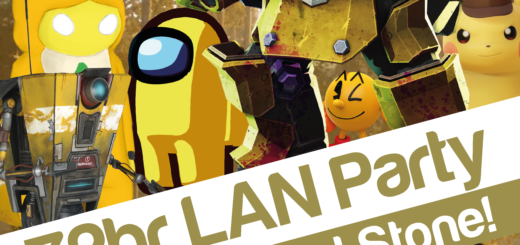
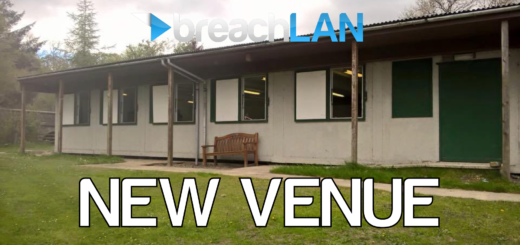
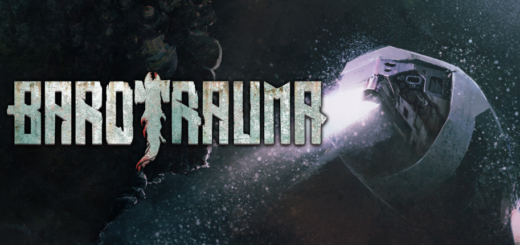
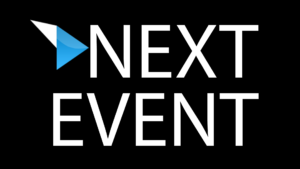
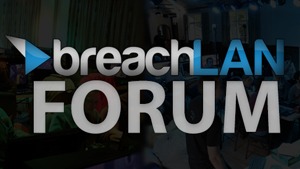



Recent Comments